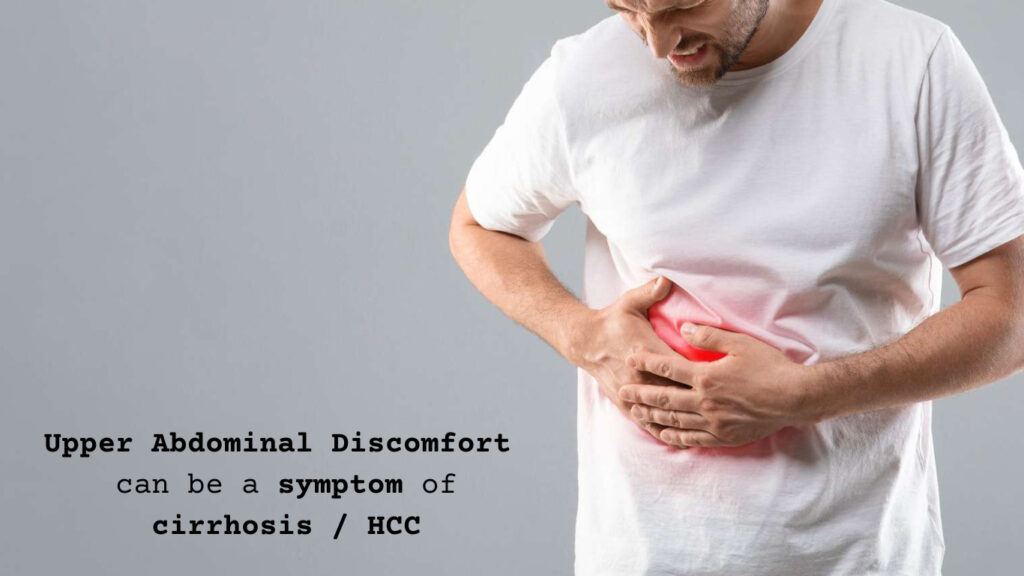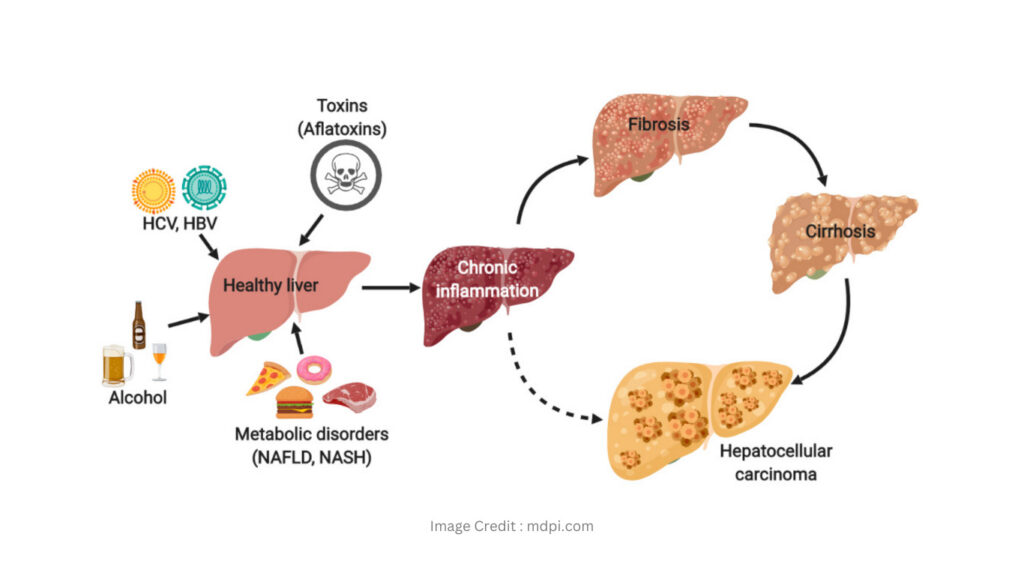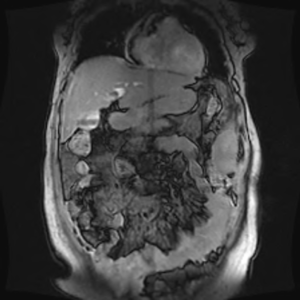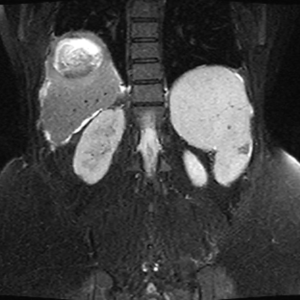Treatment Response of DEB-TACE on Hepatocellular Carcinoma (HCC)

TACE is a treatment that involves injecting chemotherapy drugs directly into the artery that supplies blood to the liver, along with tiny particles that block the blood supply to the tumor. This technique is called “embolization” and it helps to increase the concentration of chemotherapy in the tumor while limiting the exposure of other parts of the body to the drug.
DEB-TACE (drug-eluting beads TACE) is a type of TACE that uses tiny beads that are coated with chemotherapy drugs. These beads are injected into the artery that supplies blood to the tumor, where they release the chemotherapy drug over time. The advantage of this technique is that it allows for a more targeted delivery of chemotherapy to the tumor, while minimizing exposure to healthy liver tissue.

Karauli Diagnostic is equipped with the 3T MRI for imaging of HCC.
Technique followed: Multiplanar, Multisequence whole abdomoen MRI.
What kind of result will we Karauli Diagnostics fetch when HCC patient diagnose through MRI?
If Hepatocellular Carcinoma (HCC) is diagnosed using MRI, the results will typically include information about the size, location, and extent of the tumor. The MRI may also reveal whether the cancer has spread to other areas of the liver or nearby organs.
In addition to the size and location of the tumor, an MRI can also provide information about the characteristics of the cancer cells themselves, such as their density and blood supply. This information can help doctors determine the best course of treatment, such as surgery, radiation therapy, or chemotherapy.
Overall, an MRI can provide a detailed picture of the liver and surrounding tissues, which can be useful in diagnosing and treating hepatocellular carcinoma.
Results of MR reporting to be clinically correlated.
Common Findings –
- Chronic Liver Disease
- Splenomegaly
- Presence of Heterogeneous Mass Lesion, etc.
Symptoms
During the initial stages of primary liver cancer, most individuals do not exhibit any noticeable signs or symptoms.
However, once they do manifest, the following may be experienced:
- Involuntary weight loss,
- Decreased Appetite,
- Upper Abdominal Discomfort,
- Nausea and Vomiting,
- General Fatigue and Weakness,
- Abdominal Bloating,
- Yellowing of the skin and eyes (jaundice),
- Light-colored stools
Risk Factors
The risk of developing liver cancer can be heightened by various factors:
- Chronic infection with the hepatitis B virus (HBV) or hepatitis C virus (HCV)
- Cirrhosis
- Certain Inherited Liver Diseases
- Diabetes
- Nonalcoholic Fatty Liver Disease
- Exposure To Aflatoxins
- Excessive Alcohol Consumption





No comment